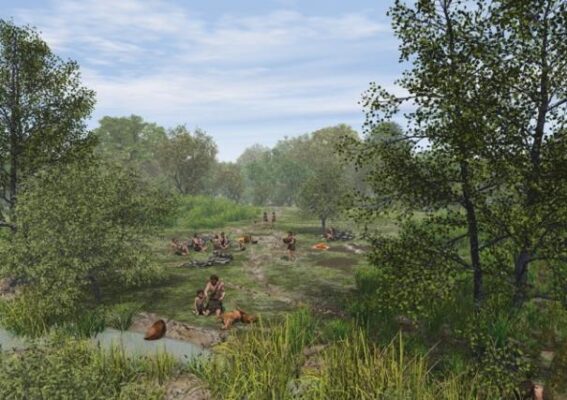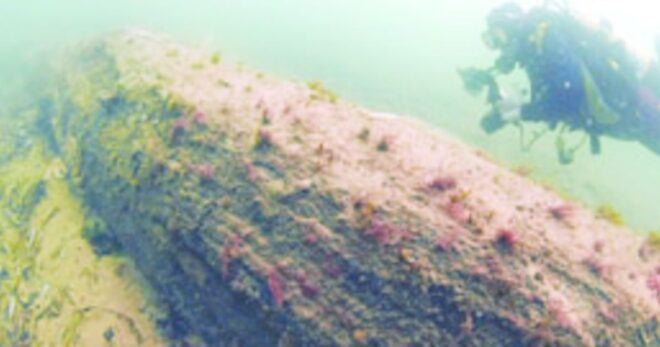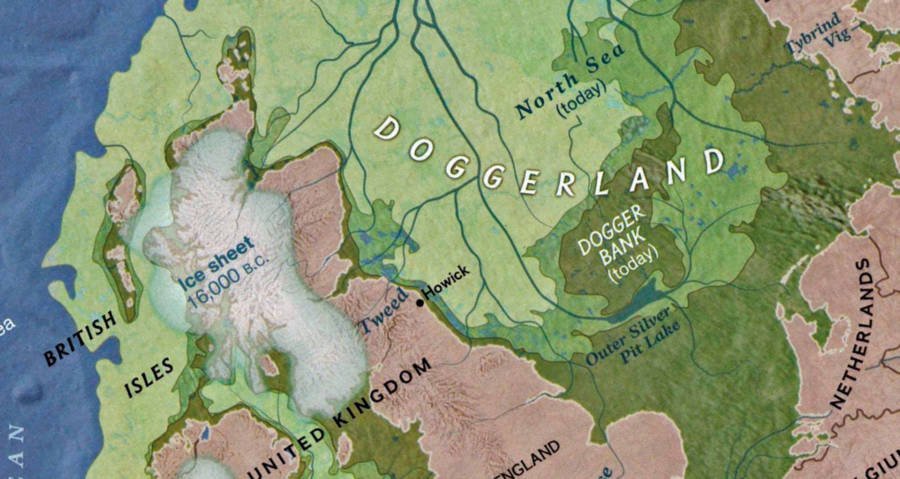It may seem to be a myth when The Europe Doggerland was believed to be a place connecting the UK. About 8000 years ago this area was lively filled with hilly mountains, marshland, wooded valleys, and also lagoons. The mesolithic age which is also known as the ice age had seen the beauty and the existence of this pre-existed area. Why is it called a Doggerland? Why is it still so important despite it vanishing below the North Sea?
Fishing boats of the Dutch whose name was doggers. It was the home of the fishing boats after which the place was named Doggerland. This area during the Mesolithic age had been an important place not only as a connector but also for inhabitants.

End of the Ice Age led to submerging of The European Doggerland
About 12,000 years ago there was an indication of the end of the Ice Age. Finally, changes in weather conditions led to a decline in the condition of the area. Melting of the glaciers and snow led to the submerging of the land beneath the North Sea. The area is still present deep within the water of the sea.
One of the best places for humans and animals, with the nearby presence of the River Thames from the west and the East, was the Rhine.
History of Disappearance of Doggerland
With the increase in temperature and changes in weather, it was becoming difficult for the Mesolithic people to survive. Unbearable heat forced them to migrate to nearby areas. Britain was one of the places which had become a shelter for the immigrants. Many animals moved towards the western part. Slowly Doggerland was no longer preferred by humans and animals.
As the Life span of the area was limited, it was in 6,200 BC a submarine landslide destroyed Norway. It led to a destructive Tsunami which led to the ending of lives. People moved to Britain as immigrants from the pre-existed parts of Europe, Doggerland.

The Europe, lost land Undiscovered Till the 1900s
The Doggerland was a part of Europe but it was not revealed till the 1900s. Until Palaebiologist, Clement Reid had dug into the past of the habitat area 12,000 years old. It was in 1931 when a trawler was fishing discovered evidence. The evidence was a lump of peat, it was enough to find the existence of the past Mesolithic age.
Along with the peat, he also found a fishing tool it may be similar to a harpoon about 220 mm long. Later, on further searching for evidence Archeologists found skulls of a lion, remains of mammoth, and also some tools. They also found some weapons along with a 40,000 years old Neanderthal. According to the Geologist “Martin Warren”, describes Doggerland is the part of forgotten Europe.
Now the North Sea occupies the Land which was once the place of survival for humans. The temperate grassland of Doggerland was home to Red deer, aurochs which turned to become the inlets for rivers, wetlands, and marshes. Finally, global warming pushed this part of The Europe underwater





